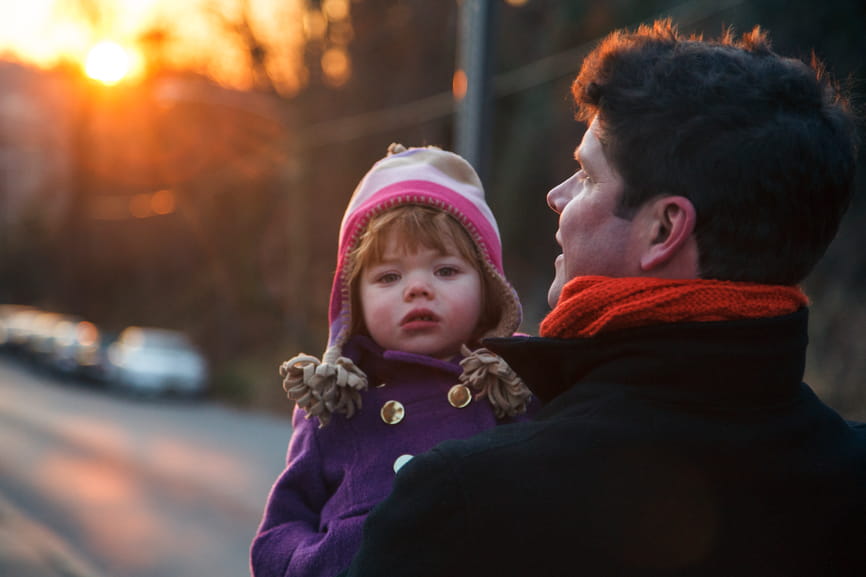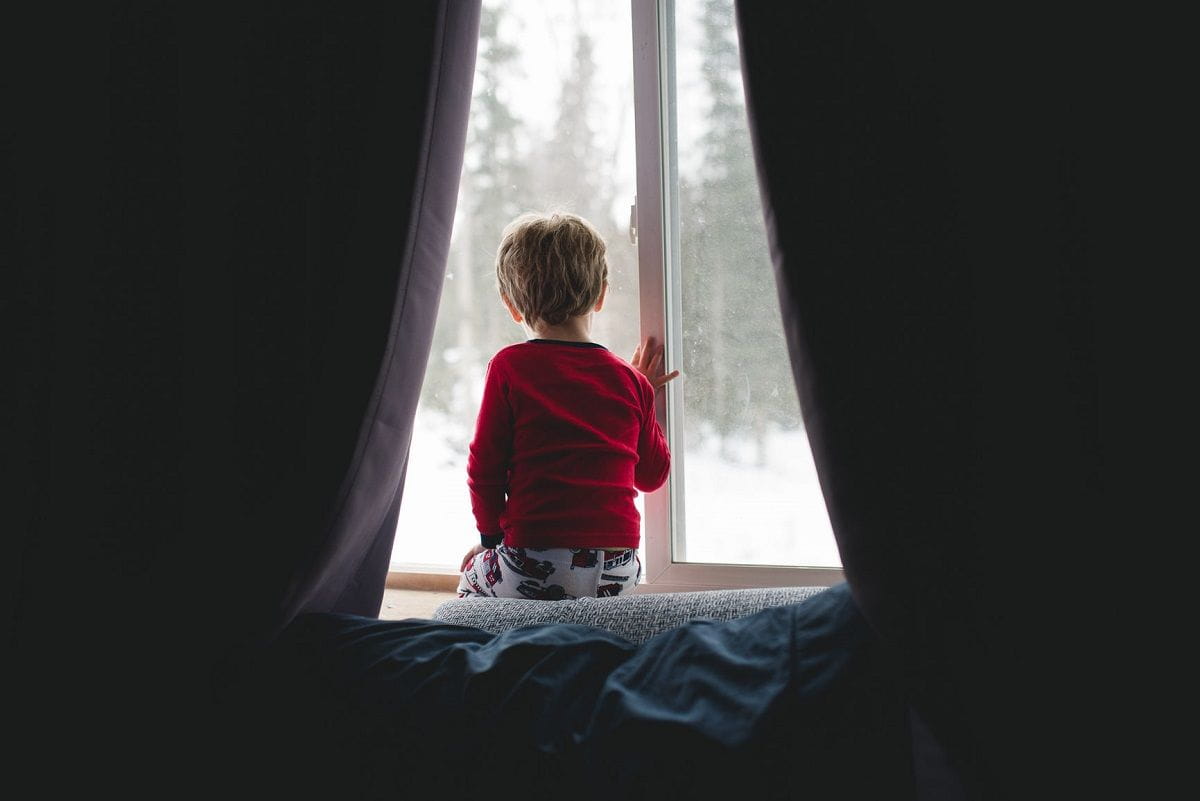Daylight Savings: How to Change Your Kids' Sleep Schedules with Ease

While many adults rejoice in the extra hour of springtime sun from daylight savings time, or revel in the cozy darkness of winter evenings when we turn back the clocks, children’s reactions (especially babies’) to springing forward and falling back can be a different matter entirely.
We adults can manage the time changes relatively easily—but younger children often need more time to adjust, especially when it comes to their sleep schedules.
Doing away with daylight savings time altogether is increasingly up for debate, but in the meantime, parents still have to get kids to bed (or keep them there in the early hours of the morning). Here are ways you can help your toddler “spring forward” or “fall back” a little easier.
1. Slowly Change the Sleep Schedule to Help Them Prepare
Many experts recommend gradually adjusting a young child’s schedule before the time change hits. Several days or even a week before you turn the clock forward or back, try putting your child to bed about 15 minutes earlier (or later when you fall back) each night, or every couple of nights, to minimize the abruptness of the change. You should also wake them up 15 minutes earlier or later, depending on the time change (if you can).
2. Adjust Meal Times and Nap Times, Too
If your family keeps a structured routine, apply the change to meal times and nap times, too. If your meal time is 6:00, you’ll want to start at 5:45. The idea is to gradually set the whole day a bit earlier so the loss of an hour won't be such a shock to your child's system (and yours, too).
The time adjustment in the fall, when we turn the clocks back and gain an hour, doesn’t always shock their systems quite as much, but you might find they’re not as hungry at dinner time. Plan on a pre-bedtime snack for a few days if this is the case.

3. When We Spring Forward, Prepare for that Extra Light in the Evenings
With an extra hour of sunshine, it's likely that the kids' bedrooms may be much brighter than usual. To get your kids to fall asleep through it, hang blackout curtains or other light blockers that keep the sun from shining right on your little one’s eyes.
4. Soak up the Abundance of Sun (or Sleep)
In the spring, after a few months of very little sunshine, things are about to start changing! Boost your family's vitamin D levels (and subsequently their moods, as well) by getting them outside and staying active as much as possible. Spring's on its way...time to start celebrating!
In the fall, help your toddler make like a bear cub and embrace the hibernation season. Getting your baby or toddler to bed can be less of an issue in the fall, as our bodies think it’s later, but waking up is another story! If your early riser decides to rise at 5 a.m., make sure to let them know that it’s still bedtime (at least until 6 a.m.).





